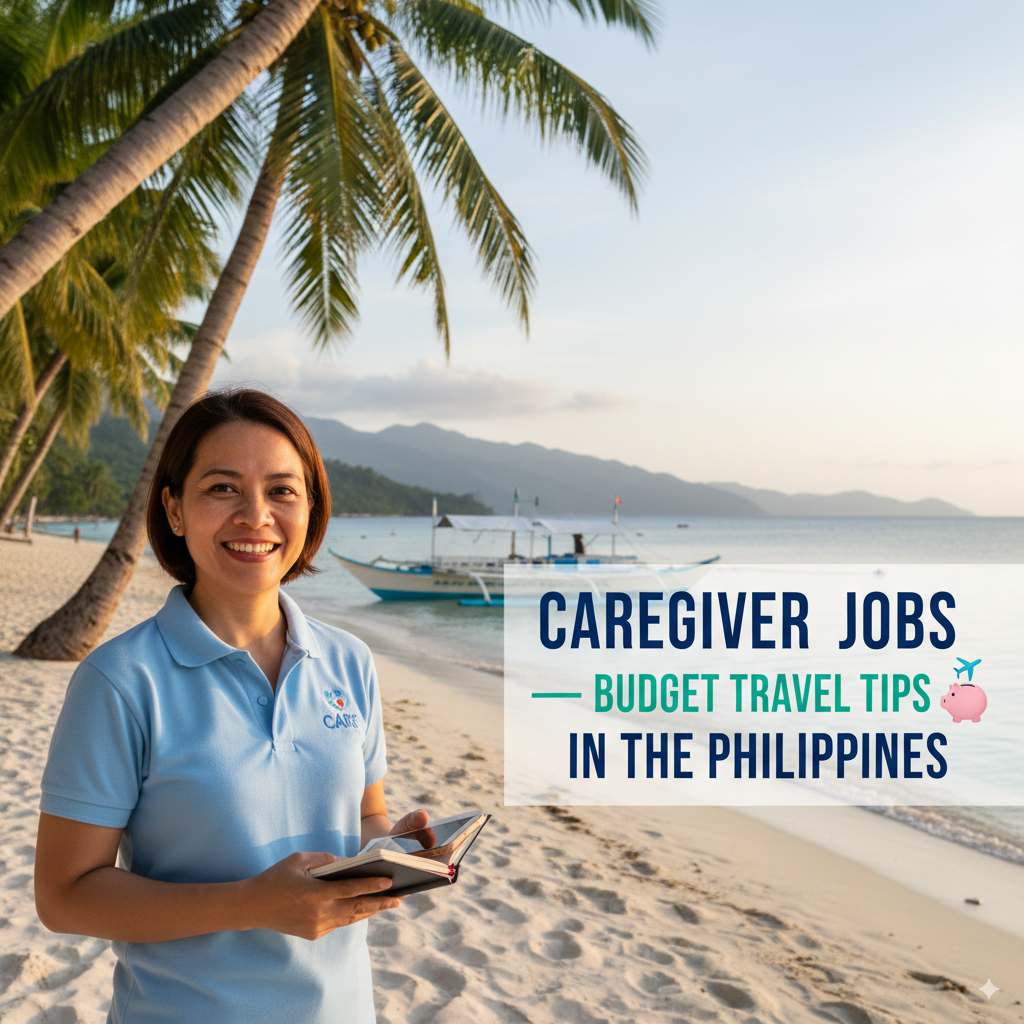Budget-Friendly Philippines: Practical Money-Saving Guide
If you want to see white-sand beaches, dramatic karst lagoons and bustling markets without blowing your savings, these budget travel tips in the Philippines will help you plan smart and keep costs low.
From cheap jeepney rides to affordable island-hopping hacks, this guide gives realistic steps you can use on the road. Follow these budget travel tips in the Philippines and you’ll squeeze more experiences out of every peso.
Practical examples, local money-saving tricks and an FAQ are included so you can travel safer and cheaper — these budget travel tips in the Philippines are grounded in recent traveler reports and pricing summaries.
Quick numbers to plan by
Expect wide variation depending on style and islands visited. Backpackers can travel on about $20/day if very frugal, while many budget travelers average $30–$45/day for a mix of dorms/cheap hotels, public transport and local food. These ranges come from several recent backpacker and travel-cost guides. Nomadic Matt’s Travel Site+1
When to go (save big)
If saving is the priority, travel in the low/shoulder season (roughly June–October in many areas) when accommodation and some tours often drop prices — just watch weather/typhoon forecasts for exposed islands. For best beach weather, the dry season (Nov–Apr) is peak and usually more expensive. Lonely Planet
Transport & getting around
Public transport is the cheapest way to move between and within cities. Traditional jeepneys, tricycles and local buses are extremely cheap — typical short jeepney fares are low (often in the low-teens PHP for short rides) though they vary by city and route. Use them for short hops; reserve taxis or Grab for late nights or when time is tight. EBOSYA
Food & accommodation basics
Eat like locals: small eateries (carinderias) and street stalls serve filling meals for a couple of dollars; typical low-cost meal ranges are often $2–$8 depending on where you eat. Budget dorms and guesthouses are widely available in tourist hubs; you can sometimes find very cheap dorm beds or basic private rooms if you book a few days in advance or travel off-peak. Girl on a Zebra
Book smart: flights & ferries
Domestic flights can be the biggest single cost when island-hopping. Use flight search engines (Google Flights, Skyscanner) and set price alerts; booking ahead or watching promos can cut airfare significantly. For short inter-island legs, low-cost carriers and ferries both have pros and cons — ferries often cost less but take longer. Investopedia
Top 12 practical money-saving tips
-
Travel off-peak or shoulder season for lower accommodation and tour prices.
-
Book domestic flights on sale and set price alerts.
-
Use jeepneys, tricycles and public buses for short distances (carry small change).
-
Eat at carinderias and markets — big savings vs tourist restaurants.
-
Choose homestays/guesthouses or dorms in smaller towns.
-
Share island-hopping boats and tours with other travelers to split costs.
-
Bring a reusable water bottle + filter — saves on bottled water.
-
Negotiate locally for tuk-tuk/boat fares when meters aren’t used (be polite).
-
Use local sim/data for maps and last-minute deals (cheaper than roaming).
-
Walk when you can — many attractions are clustered and free to enjoy.
-
Pack reef-safe sunscreen and basic snorkel gear to avoid rental fees.
-
Track daily spending in a simple note app to avoid surprises.
Where you can save the most
-
Accommodation: move a little inland or a block from the main strip for big savings.
-
Food: breakfast at a bakery, lunch at a carinderia, cheap dinner at a market stall.
-
Transport: overnight buses or ferries double as transit + lodging for longer hops.
Sample tiny-budget checklist (before you go)
-
Set flight alerts (Google Flights / Skyscanner).
-
Book first 1–2 nights (arrival buffer).
-
Download offline maps and transit apps.
-
Have small bills and coins for jeepneys/tricycles.
-
Pack basic meds, hand sanitizer, and a breaker plug.
FAQs
Q: How much should I budget for a week?
A: For a comfortable budget trip expect roughly $25–$45/day; very frugal travelers can do less, while island-hopping with private tours pushes costs higher.
Q: Is it safe to travel on a tight budget?
A: Yes — many budget travelers visit safely. Use standard precautions: keep valuables secure, avoid poorly lit areas at night, and check local travel advisories for remote islands.
Q: Is cash necessary?
A: Yes — smaller vendors, jeepneys and tricycles usually require cash. ATMs are common in towns but can be scarce on tiny islands.
Q: Can I rely on hostels/guesthouses for long stays?
A: Many offer weekly/monthly rates if you ask; staying longer often yields discounts.
Q: How do I save on island tours?
A: Join group tours, ask at local tourism booths for the day’s roster, or team up with other travelers to split charter costs.
Conclusion (1 paragraph — keyword appears 3×)
Plan ahead, travel a little slower, and use these budget travel tips in the Philippines to turn more days into memories without overspending. Put the top tactics first — book cheap flights, eat local, and favor public transport — and you’ll see how these budget travel tips in the Philippines multiply your options. Start with a realistic daily budget and follow these budget travel tips in the Philippines to keep costs down while enjoying islands, surf and food.


